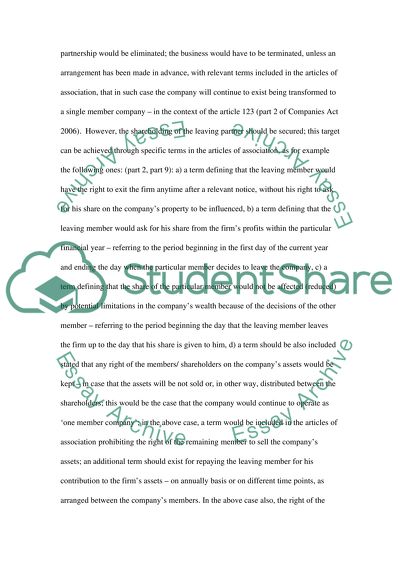Cite this document
(The Management Style of the Organization Essay Example | Topics and Well Written Essays - 2500 words, n.d.)
The Management Style of the Organization Essay Example | Topics and Well Written Essays - 2500 words. https://studentshare.org/environmental-studies/1412576-the-management-style-of-the-organization
The Management Style of the Organization Essay Example | Topics and Well Written Essays - 2500 words. https://studentshare.org/environmental-studies/1412576-the-management-style-of-the-organization
(The Management Style of the Organization Essay Example | Topics and Well Written Essays - 2500 Words)
The Management Style of the Organization Essay Example | Topics and Well Written Essays - 2500 Words. https://studentshare.org/environmental-studies/1412576-the-management-style-of-the-organization.
The Management Style of the Organization Essay Example | Topics and Well Written Essays - 2500 Words. https://studentshare.org/environmental-studies/1412576-the-management-style-of-the-organization.
“The Management Style of the Organization Essay Example | Topics and Well Written Essays - 2500 Words”. https://studentshare.org/environmental-studies/1412576-the-management-style-of-the-organization.


